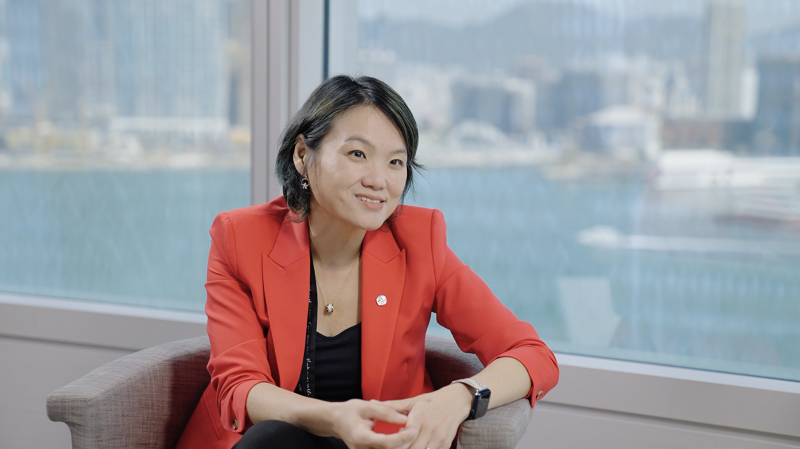Insights, Events and Videos
Aging populations will have major economic and social impact - and the situation is especially critical in China. We explore the country’s demographic dilemma and potential solutions to its aging problem
According to the country’s latest China census, released in 2021, China is home to more than 260mn people aged 60 and over. They comprise the largest and fastest-growing population of older adults in the world.1
China’s Ministry of Civil Affairs estimates the total population of those aged 60 and above is likely to surpass 300mn by the end of 2025, accounting for more than 20 per cent of the total population.2 Moreover, the ageing of China is happening fast, with pronounced acceleration between 2015 and 2040. By 2050, about 26 per cent of China’s citizenry will be 65 and older, with 8 per cent aged 80 and up,34 facing potential aging challenges.
In short, China is rapidly experiencing the effects of aging, and numerous families are unprepared and lack the essential resources to address the aging challenge.
Traditionally, institutional elderly care was virtually unknown in China, with children expected to take care of their parents. Since the 1980s, China’s government has faced several aging population challenges, including the erosion of traditional family care, finding the funding needed to assure care services for an older population, and a shortage of care delivery services and nursing staff.5
Home-based elderly healthcare
To face these aging challenges, China has adopted a “9073” strategy through which 90 per cent of the elderly are cared for by family, 7 per cent receive community care and 3 per cent live in nursing homes.6 Home-based care is the cornerstone of this national policy to cater to the rising population of the elderly.
Recognising that technological advances can facilitate home care, the government is promoting smart digital technology, with virtual nursing systems, robotics, monitoring and call-service platforms more widely deployed.7
While meeting the needs of China’s aging population is a challenge, it can also be rewarding - creating a silver economy of China. Ping An Group co-chief executive Jessica Tan says she estimates the elderly care sector in the country to now be valued at $22tr yuan ($3.11bn) in 2030.
The driver of value growth
Ping An launched an innovative “managed care model” in China by combining differentiated healthcare services with its many financial operations.
“There are obviously lots of market challenges when creating something new,” says Tan of the model, “because you're trying to create a demand for a new set of products and services that nobody has really seen before.”
When it comes to elderly home care, Tan says “we employ four different companies: our life insurance company, our Good Doctor providing healthcare services, we have another team providing an Online Butler, and we have a team responsible for delivering offline healthcare.” Ping An Life upgraded its insurance product portfolio and reformed its three core services, including health management, home-based elderly care and premium elderly care to address these aging population problems.
Since launching in 2021, Ping An Zhen Xiang RUN has provided customers with integrated healthcare that considers the healthcare needs of people at different life stages. These services include checkups, online consultation, outpatient appointment assistance and escort, blood sugar control, and critical illness management.
Harness China's silver economy, through its “insurance + home-based elderly care” product, the company integrates internal and external service providers to offer one-stop, home-based elderly care solutions through committed AI concierges, life concierges and doctor concierges, helping the elderly to continue to age with dignity, whilst keeping their children worry-free.
The home-based elderly care services covers 47 cities across China as of March 31, 2023, providing over 500 service items.
Essentially, Ping An empowers its core financial operations by providing “worry-free, time-saving and money-saving” healthcare services for its retail and corporate customers, contributing to address aging population problems in China.
Since its founding in 1988, the company has transformed into a one-stop financial services and healthcare and senior care ecosystem provider, with more than 64 per cent of its nearly 230mn retail customers using one or more of its healthcare services.
“Celebrating our 35th anniversary this year, in the grand scheme of things we are a very young company,” says Tan. “But we have much more to offer yet — our journey has just begun.”




